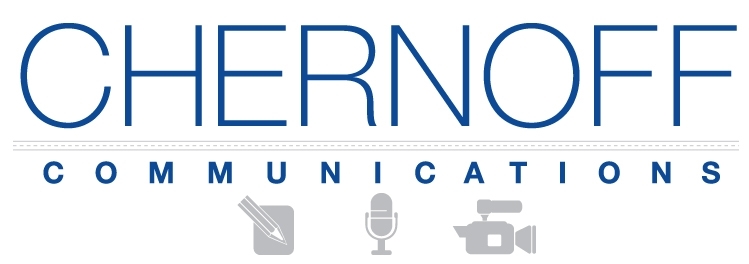Public relations professionals know how important it is to write clearly and concisely. But when it comes to drafting messaging documents that will be used to prepare executives for media interviews this rule is frequently ignored. Numerous times during media trainings we’ve seen corporate messaging documents that run on and on when they should be only one page.
To their credit, corporate communications staffers and their public relations agencies try to be comprehensive. They want to give their spokesperson, be it the CEO or another executive, all the facts and data she or he may need when meeting with journalists. The problem is a complete information dump can result in more of a term paper than a messaging document. That’s counterproductive when trying to prep executives for an interview because the longer the document the more likely it will be ignored.
Messaging documents should be concise, just like the sentences that comprise them, and they should be simple enough to be memorized. Each point should be on the tip of the spokesperson’s tongue. So, the document itself should feature three key messages, each backed up with no more than three examples, anecdotes, analogies, or data points. Provide any more and you are simply overwhelming your spokesperson with too much information.
For corporate communications professionals who worry about leaving something out, it’s fine to also deliver a background memo that expands on the messaging document, which the executive may or may not read. But to generate the maximum benefit for interviews or public appearances, the document should be short, focusing exclusively on essential messages.
Journalists want answers that are to the point, backed up with good examples. The smart corporate communications professional makes sure she provides her spokesperson with the information she knows reporters will need. By remaining focusing on key points, the spokesperson becomes more quotable and therefore more valuable to the news media.
